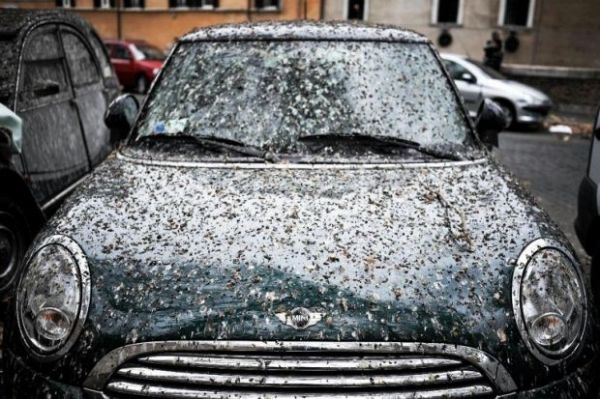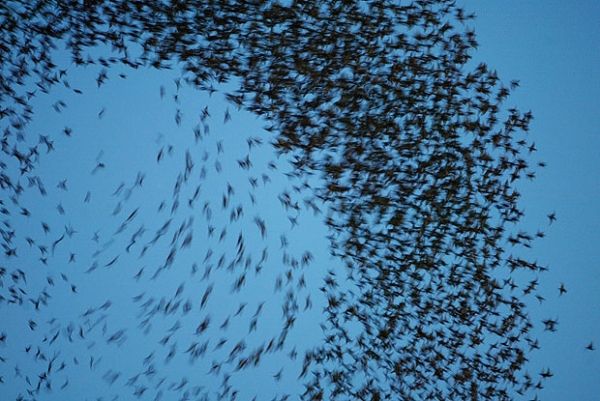Rome has embarked on its annual campaign to move some of the city’s estimated one million wintering starlings away from central areas, due to the birds’ anti-social side effects. The capital's removal programme, which is coordinated by the department of the environment in collaboration with the association Fauna Urbis, will last until March.
As in previous years the campaign relies on the use of the “distress call”, a type of amplified alarm that mimics a call of danger used by starlings in the wild. The noise is designed to repel the birds as they begin to roost in the evening, and is supplemented by light beams. The technique is employed for three consecutive evenings, around sunset, and lasts about an hour. The city said the noise will not affect humans or animals and “fully respects the environment”.
In recent decades the number of starlings in the capital has increased dramatically. The birds are attracted by the city’s artificially-high urban climate, less rainfall and wind, and the virtual absence of predators. And while their swirling flight patterns provide a spectacular show in the skies above Rome, the notion of a million bird droppings raining down is less than cherished by the city's residents.
For information about the starling campaign or to notify authorities of the presence of starlings in districts around Rome tel. 329/4652794, Mon-Fri from 15.00-17.00.






















